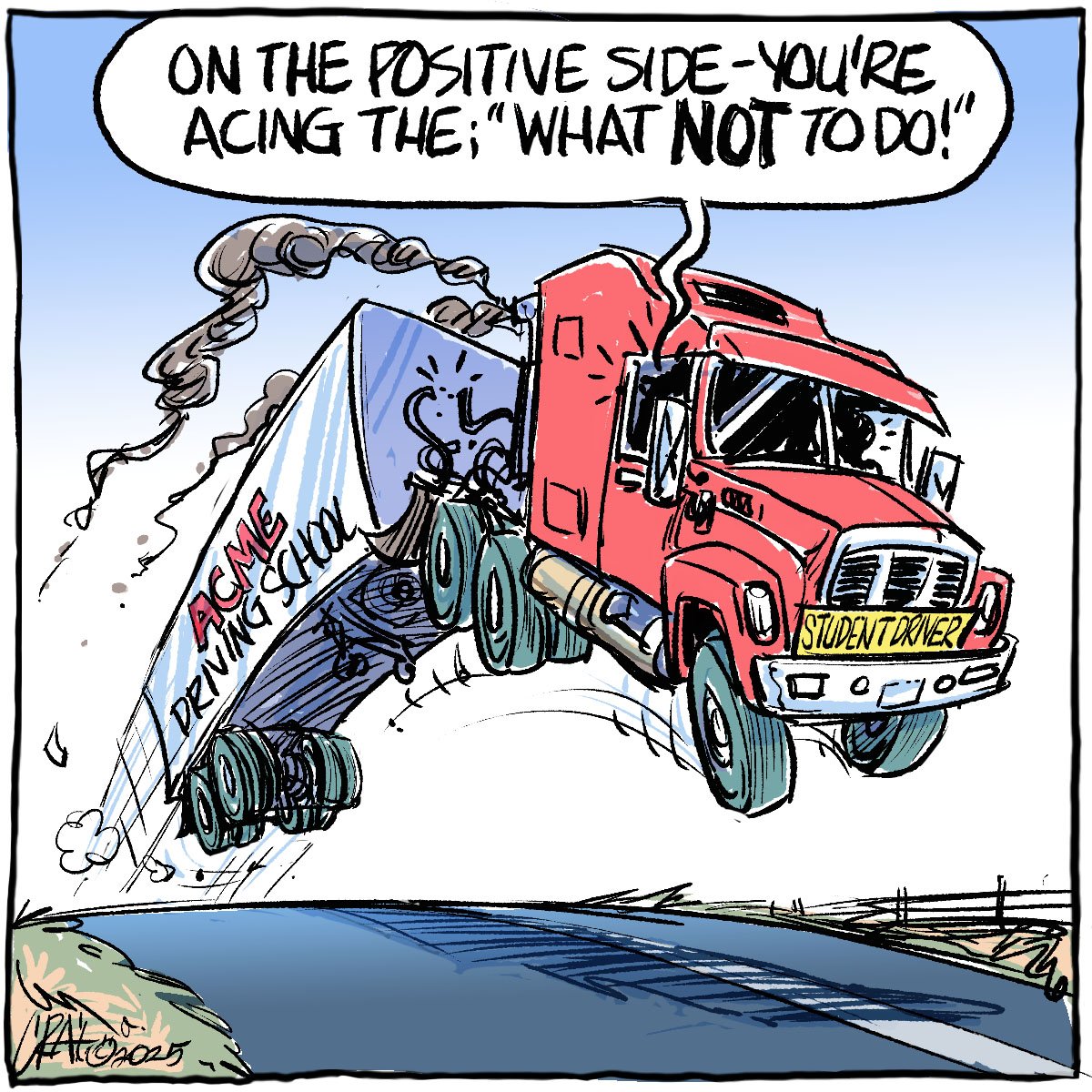Some astute players in the grain industry seem intent on cashing in their chips in case the years ahead aren’t as rosy as the recent past.
Assiniboia Farmland, one of the largest farmland investment companies in the country, has sold its 115,000 acres to the Canada Pension Plan Investment Board. Farmland prices still seem to be rising and maybe they will continue to appreciate.
However, Assiniboia obviously believes this is an opportune time to crystallize its large investment gains.
Meanwhile, the iconic Weyburn Inland Terminal is pursuing expressions of interest regarding the sale of some or all of the company. The best time to sell is when there are qualified buyers, and WIT reports “several non-binding expressions of interest.”
Read Also

Efforts to improve trucking safety must be applauded
The tragedy of the Humboldt Broncos bus crash prompted calls for renewed efforts to improve safety in the trucking industry, including national mandatory standards.
Interestingly, both of these surprise announcements came the same week that canola prices took an unprecedented pounding with farmer-delivered values falling to the $9 a bushel range.
Not only have world prices softened, but our mammoth logistical backlog means that basis deductions are ugly.
In some cases, grain companies have dropped nearby bids altogether rather than report a basis that’s extraordinarily wide and a cash price that’s ridiculously low.
Farmers who were aggressive sellers early in the crop year now look like geniuses.
Producers who thought they could lock the bin doors until the bears went into hibernation have passed up precious delivery opportunities in a market that’s trending downward.
Overall, the grain economy is still strong. With yields 30 to 40 percent above average, the return per acre still looks handsome. However, the market psychology has definitely shifted.
The growth of the American ethanol industry was a big part of the boom that started around 2008.
Now, ethanol is under attack. While the production of corn-based ethanol is likely to be maintained near current levels, the expansion is certainly over.
The world population continues to increase, as does the level of disposable incomes.
However, the past year has proven that world grain production can more than keep pace with growing demand.
Predicting the future for the grain industry is largely predicated on predicting worldwide weather as well as the worldwide economy.
Some 2014 crop failures in key producing regions could cause grain prices to ratchet back up again, and the boom would continue.
On the other hand, another above-average crop could keep commodities lower than we’ve seen in recent times. If that’s the case, this could signal a move to lower returns.
We’ve seen big transitions in the past. The mid-1970s saw a switch from a world grain glut to scarcity, which generated the highest grain prices and the highest incomes grain farmers had ever enjoyed.
The good times came to a crashing halt in the early 1980s as grain prices fell, interest rates skyrocketed and many producers had drought-reduced crops.
There was a short-lived blip in the mid-1990s, when it looked like the golden days were going to return. Alas, the grain economy had to wait until 2008 for a full-fledged and sustained boom.
Some analysts suggest that growing world demand will prevent another serious downturn. Maybe. At least we don’t have high interest rates.
However, we do have producers who have bought high-priced land, and it wouldn’t take a big drop in returns to start putting a squeeze on those who are highly leveraged.
Perhaps this is merely a short-lived blip to the downside, but some of the smart money isn’t taking the chance.















